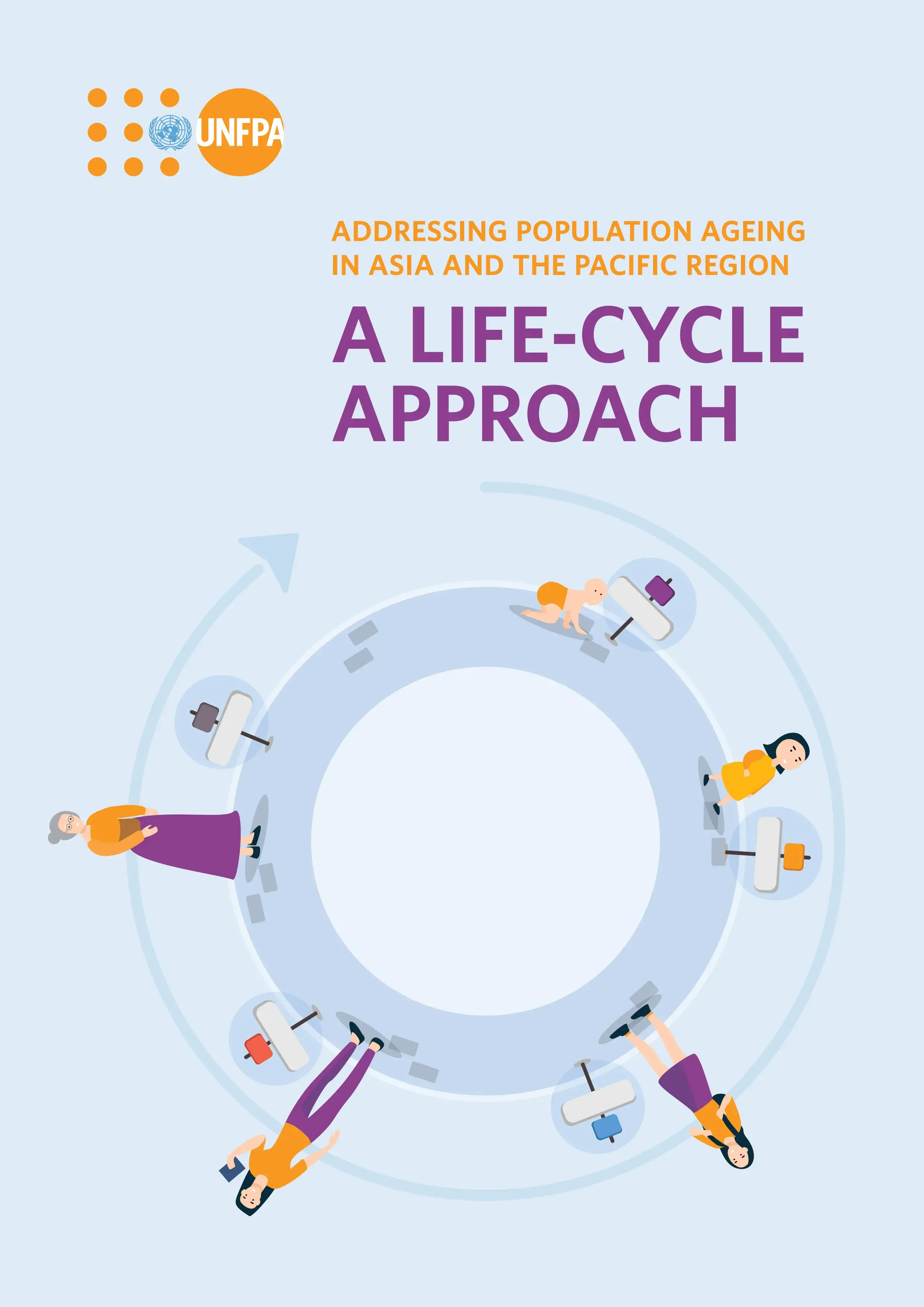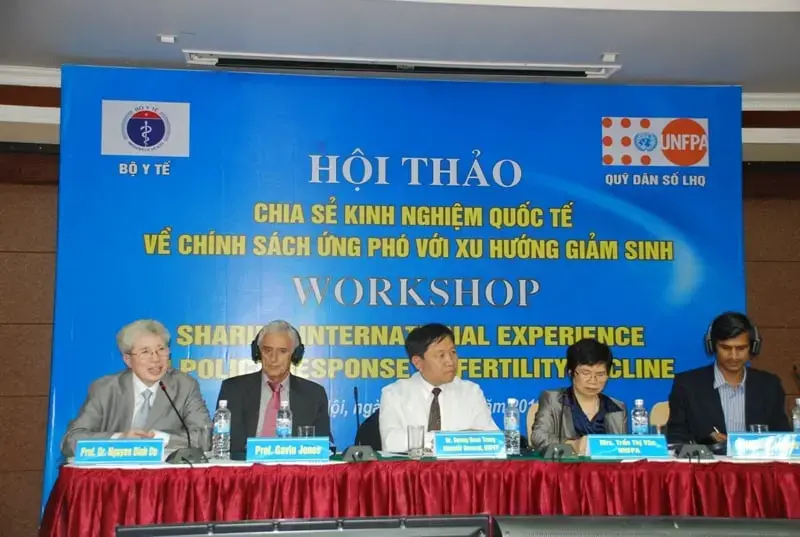Some of the most rapidly ageing populations in the world can be found in Asia and the Pacific region, causing a shift in the narrative of the region’s growth prospects. Many of the countries have been unprepared for how ageing affects society, including in terms of the increase in the health and social care expenditure burden and a decline in working-age populations.
While it is important to accelerate and prioritize the process of developing policies to address both the growth of the region’s economies and the rights and needs of older persons, it must be noted that there is no single comprehensive policy that can address all aspects of the dynamic demographic transition as a result of population ageing in the region. To that end, what we can do is learn from and improve on existing policies, to further our efforts on ensuring successful ageing and to shape strategies for the region.
In this paper, we examine selected analyses of population ageing and low fertility rate policies and issues, and propose how UNFPA could address issues relating to population ageing against a backdrop of low fertility in the region.
The year 2020 marks both the launch of the Decade of Action to achieve the UN’s Sustainable Development Goals, and the Decade of Healthy Ageing led by the World Health Organization. However, as the COVID-19 pandemic has jeopardized progress on both fronts, it is now more urgent than ever for Asia and the Pacific region to recognize the demographic realities that many currently face or will face in the not too distant future.
We share with our colleagues this paper to suggest potential ways forward.





